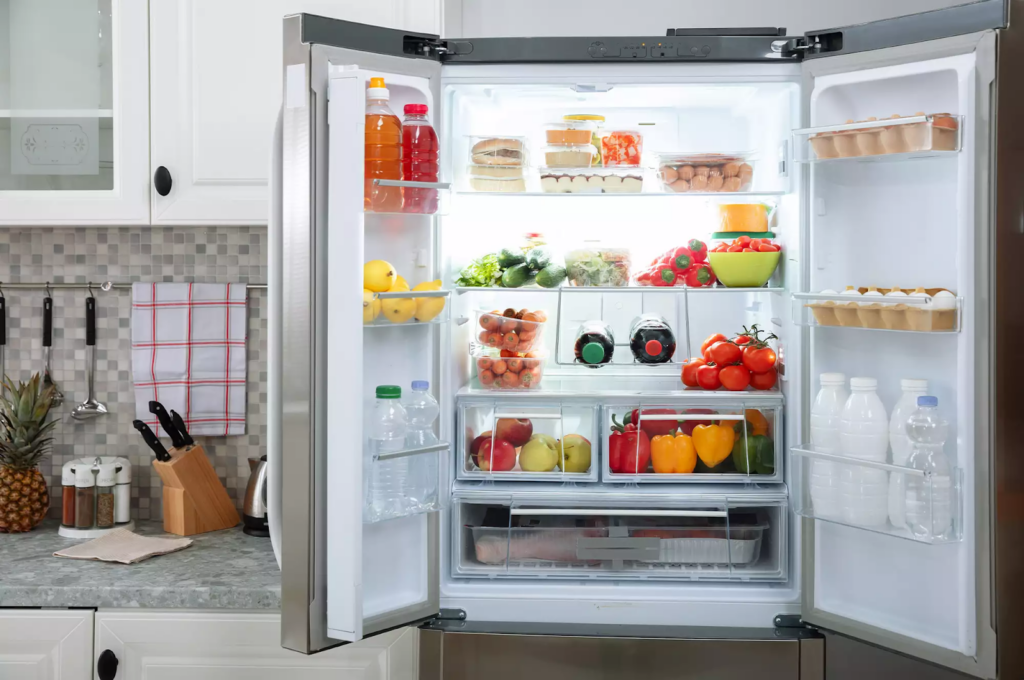Maximize Food Storage

One way to help ensure that your family always has enough to eat is by maximizing your food storage. Here are some tips to help you do just that:
1. Store food in a cool, dry place. A basement or root cellar is ideal, but even a pantry or cabinet can work if it’s kept out of direct sunlight and away from heat sources.
2. Invest in some good storage containers. Glass or plastic jars with tight-fitting lids are great for dry goods like beans, rice, and flour. Rubbermaid-type containers or zip-top bags work well for everything from leftovers to fresh produce.
3. Make use of your freezer. Freezing is a great way to preserve food, and can help you make the most of seasonal produce or bulk buys.
4. Rotation is key. Be sure to rotate your food storage so that nothing gets forgotten about and goes to waste. A simple “first in, first out” system can help with this.
5. Don’t be afraid to get creative. If you have limited space, think outside the box when it comes to food storage. Wall-mounted racks or hanging baskets can be great for storing fruits and vegetables, for example.
What to put in a mini fridge
There are a few things to consider when stocking a mini fridge. First, think about what foods you or your family members will want to have on hand. Then, consider how much space you have available. It’s also important to choose items that will store well in a fridge, such as those that are non-perishable or do not need to be kept cold. Here are some ideas for what to put in a mini fridge:
1. Canned fruits and vegetables: These can be a great option if you want to have fresh produce on hand but don’t have the space for it. Just be sure to choose varieties that you know your family will enjoy eating.
2. Pre-packaged snacks: From chips and pretzels to granola bars and fruit cups, there are plenty of options when it comes to pre-packaged snacks. Just be sure to check the labels so you know how long they’ll last before going bad.
3. Dips and spreads: Hummus, salsa, and peanut butter are just a few of the many options when it comes to dips and spreads. Choose ones that you know your family will enjoy eating with their favorite snacks.
4. Breakfast items: Cereal, oatmeal, pop tarts, and granola are all great breakfast items to keep in a mini fridge. Just be sure to check the expiration dates so you don’t end up with spoiled food.
5. Lunch items: If you’re looking for something to pack for lunch, a mini fridge can be a great option. Pre-made sandwiches, wraps, and even some soups can be stored in a mini fridge until you’re ready to eat them.
6. Drinks: From soda and juice to water and sports drinks, there are plenty of beverage options to choose from. Just be sure to check the labels so you know how long they’ll last before going bad.
7. Ice cream: Who doesn’t love ice cream? If you have a sweet tooth, keep some ice cream in your mini fridge for a treat. Just be sure to eat it before it melts!

 How to Plan and Budget for Major Home Renovation
How to Plan and Budget for Major Home Renovation  Repairs to Make Before Selling Your Home
Repairs to Make Before Selling Your Home  5 Reasons to Upgrade Your HVAC System Before Winter
5 Reasons to Upgrade Your HVAC System Before Winter